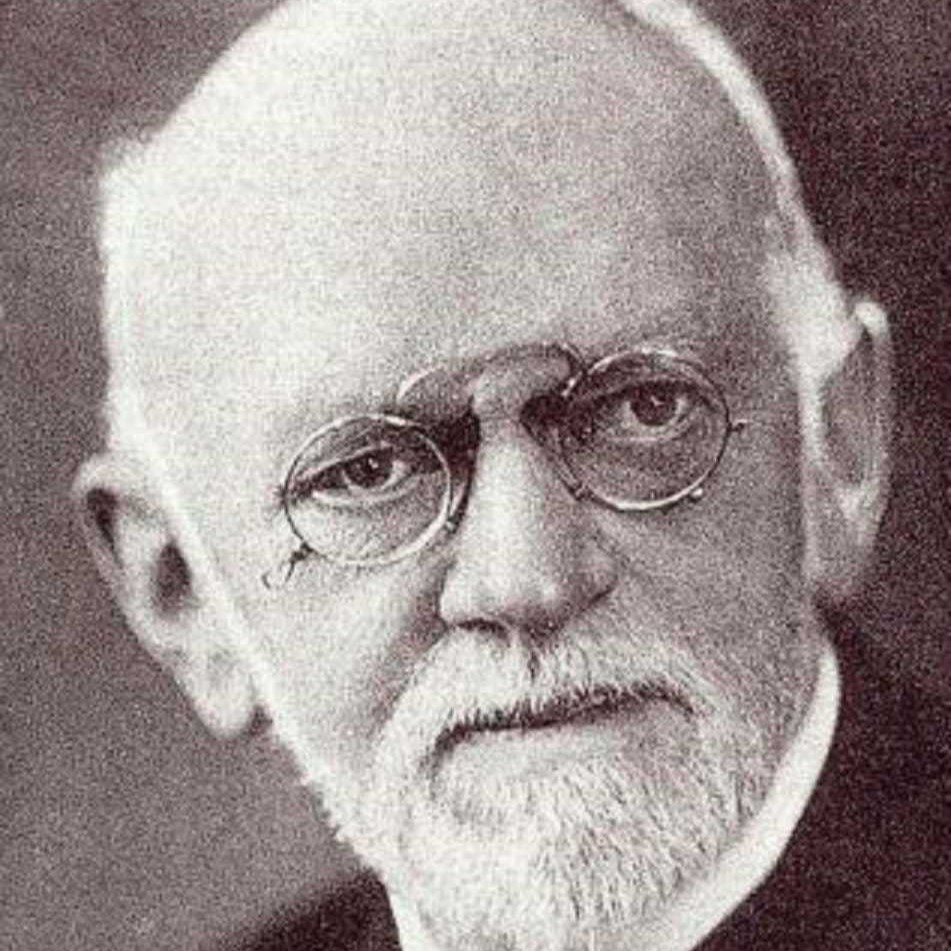He is one of the pioneers in the application of mathematics to physics: who is David Hilbert?
Hilbert's great interest in mathematical physics contributed greatly to his university's reputation in the field of physics.

German mathematician. He was born on January 23, 1862, in the Prussian city of Königsberg (Kaliningrad). After primary, secondary, and higher education, he completed his doctorate at the University of Königsberg in 1884. He served as an associate professor between 1886-92, a professor in 1892-93, and an ordinary professor between 1893-95 at the same university. He married Küthe Jerosch in 1892. From this marriage, he had a child named Franz. In 1895 he became professor of mathematics at the University of Göttingen. He continued this duty until the end of his career.
David Hilbert (23 January 1862 – 14 February 1943) was a German mathematician and one of the most influential mathematicians of the 19th and early 20th centuries. Hilbert discovered and developed a broad range of fundamental ideas in many areas, including invariant theory, the calculus of variations, commutative algebra, algebraic number theory, the foundations of geometry, spectral theory of operators and its application to integral equations, mathematical physics, and the foundations of mathematics (particularly proof theory).
Hilbert's great interest in mathematical physics, who performed successful studies at the University of Göttingen, greatly contributed to the university's reputation in the field of physics. His colleague and friend Hermann Minkowski helped him apply mathematics to physics.
Hilbert developed the mathematics of invariants (mathematical entities that remain unchanged under geometric changes such as rotation, extension, and reflection) extensively and using distinctive methods. He proved the theorem of invariants (the theorem that every invariant can be expressed in terms of a finite number). In his report Zahlberich (on numbers), published in 1897, he put the knowledge of algebraic number theory on a solid foundation. He shed light on the developments in this regard. In his Grundlagen der Geometrie (The Foundations of Geometry), published in 1899, he introduced Euclidean geometry as a precise system of axioms and successfully demonstrated the meaning and importance of these axioms. This book, which became famous in a short time and went into 10 editions, constituted an important turning point in the axiomatic treatment of geometry.
In his speech titled "Problems of Mathematics", which he gave at the International Mathematical Congress convened in Paris in 1900, he covered almost all of the mathematical knowledge of his time. He put forward a list of 23 problems that he considered important to twentieth-century mathematics. Some of these problems, which are famous as "Hilbert's 23 problems", were solved and each of these solutions had a great impact on the world of mathematics.
Hilbert, in 1905 and especially after 1918, tried to establish classical mathematics as a formal axiomatic system and to prove that this system had a consistent structure. But in 1931, Moravian-born American mathematician Kurt Gödel proved that it is possible to put forward propositions that are impossible to prove or disprove based on the axioms in the system, and therefore it is not possible to know with certainty that mathematical axioms will not produce contradictory results. However, Hilbert's determination of the formal foundations of mathematics significantly affected the next development line of logic itself.
In addition, analysis studies (integral equations of variation calculations) published from 1904 to 1909 and applied to physics between 1912-1914 also brought innovations to the same extent. In 1909, he proved the theorem in number theory that "every positive number can be expressed as the sum of a certain number of nth powers for every n". He received the second Wolfgang Bolyai Award, given in 1910.
Hilbert, who retired from the University of Göttingen in 1930, was elected an honorary citizen of Königsberg the same year. In 1939, the first Mittlag-Leffler prize of the Swedish Academy was awarded jointly to Hilbert and the French mathematician Emile Picard. The last ten years of his life were spent in great sadness and distress due to the pressure exerted on him, his students, and some of his colleagues by the Nazi regime. He died on February 14, 1943, in Göttingen, Germany.
Hilbert's works have been published in three volumes under the title Gesammelte Abhandlungen (Collective Works).
